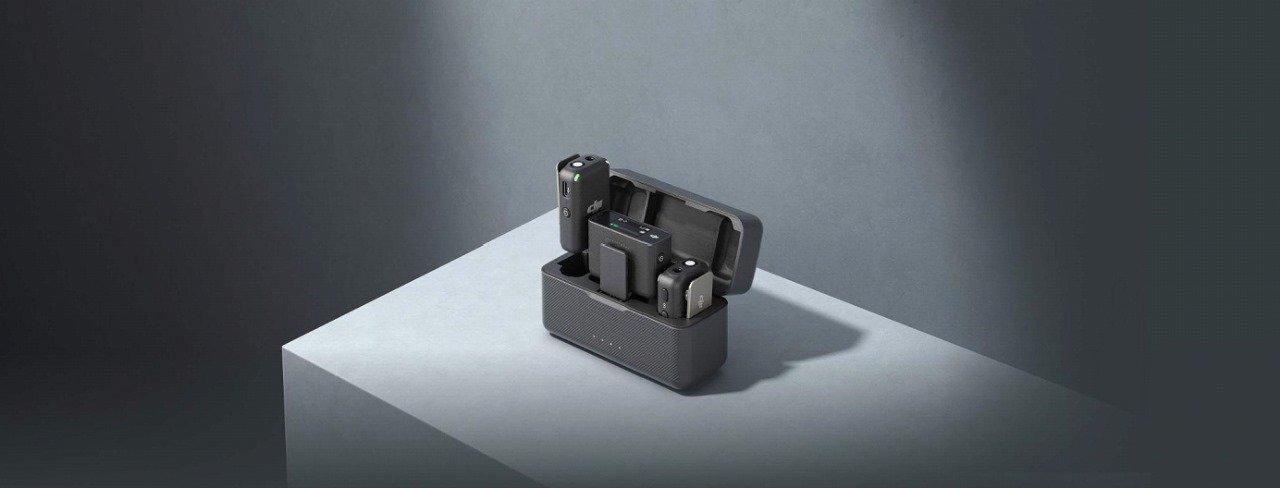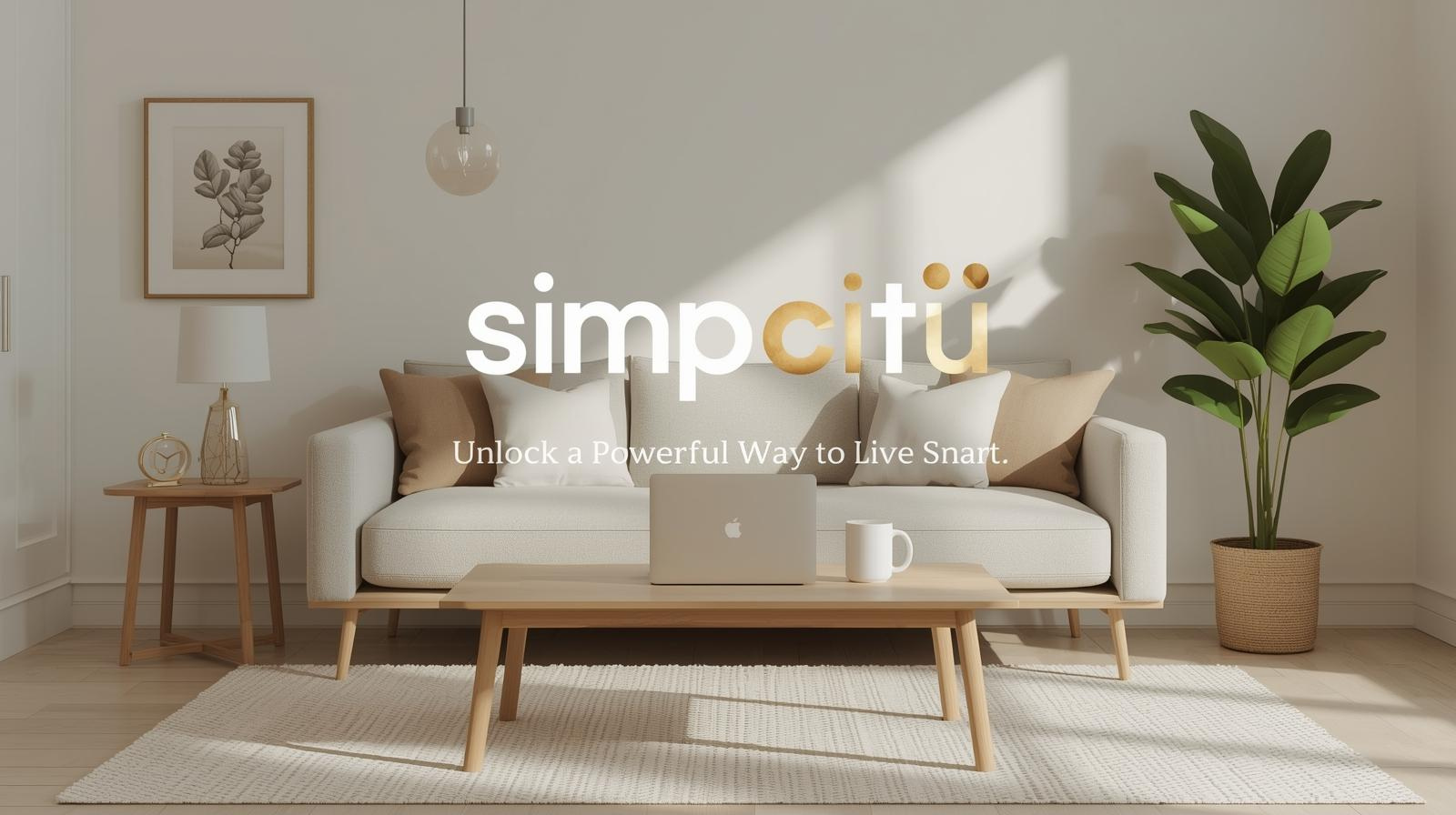In the era of the rapid spread of misinformation, the task of healthcare organizations becomes increasingly important: to inform the population, protect them, and keep them involved in the correct information. Vaccine hesitancy, pharmaceutical scandals, or a health emergency, healthcare professionals should be able to react fast and decisively to control the narrative. Real-Time Media Monitoring is a critical tool there.
Real time media monitoring gives healthcare institutions the power to identify and react to new media trends, online discussions and popular opinion in real time. With the help of smart applications and media monitoring solutions, these companies will be able to keep up with misinformation, enhance crisis communication, and safeguard their own reputation.
The Danger of Misinformation in Healthcare
In contrast to other industries, misinformation in healthcare may have a direct effect on human lives. One viral statement about the side effects of vaccines, the dangers of treatment, or the causes of the disease can affect the behavior of the population, undermine confidence in medical organizations, and cause dangerous choices.
Healthcare organizations, government agencies and pharmaceutical companies must have the capability to track, validate and act on such claims in real time. Late responses can give the misinformation free reign to spread- causing panic, treatment refusal, or damage to reputation.
What is Real-Time Media Monitoring?
Real-time media monitoring refers to the real-time monitoring and analysis of online news, social media, blogs, forums, and traditional media channels as content is released. Healthcare organizations can:
- Find out where and how their brand or health topic is discussed
- Sentiment analysis of conversations
- Identify misinformation or crisis indicators in real-time
- Create alerts to be acted upon immediately
In comparison to manual monitoring, media monitoring solutions based on AI and machine learning enable healthcare professionals to respond quickly, long before a rumor turns into a public health issue.
The Role of Real-Time Media Monitoring in the Healthcare Industry
1. Misinformation Early Detection
Real time media monitoring in healthcare is one of the most effective applications of the technology to detect harmful content as soon as it appears. In case of fake news regarding a new drug, medical device, or treatment that begins to go viral online, media intelligence services can notify stakeholders in real-time. This provides health communication teams with an opportunity to provide factual responses, consult the experts, and manage the narrative.
2. Crisis Communication and Rapid Response
In health emergencies, such as disease outbreaks, drug recalls or incidents in hospitals, the perception of the population may change quickly. Media monitoring services assist healthcare organizations to monitor the changing media environment and adjust their crisis communication plans to it.
Knowing what the populace is saying, where misunderstanding is increasing, and which opinion leaders are leading in discussions can enable organizations to send the right messages to the appropriate platforms at the appropriate time.
3. Surveillance of the Public Opinion
Healthcare institutions require knowing the attitudes that the people have towards their services, campaigns, and messages. Sentiment analysis of millions of posts, comments, and articles is offered by media monitoring platforms. Such knowledge is used to guide public outreach, education and trust-building activities.
As an example, a hospital that initiates a vaccination drive can track the popularity of the campaign and make data-based changes to increase the turnout.
4. Following Regulatory and Policy News
Misinformation control is not the only area of real-time media monitoring. It is also a means of keeping abreast of healthcare regulations, FDA announcements and policy discussions. Media monitoring solutions enable compliance teams to monitor significant changes and maintain legal and ethical compliance in the activities and messages.
5. Industry Trend and Competitor Analysis
The healthcare sector is a very competitive industry where it is crucial to monitor other organizations, pharmaceutical companies, and health tech startups. Media intelligence assists healthcare brands to monitor competitor launches, industry innovation and patient feedback-which drive strategic decision-making.
Characteristics of a Good Healthcare Media Monitoring System
Healthcare organizations must focus on media monitoring tools that possess the following characteristics when choosing a media monitoring platform:
- Real-time notification on new topics or mentions
- Sentiment analysis to identify tone and urgency
- Multilingual support of international health surveillance
- Disease, treatment or brand keyword tracking Custom keyword tracking
- Executive reporting dashboards
- Crisis escalation triggers Crisis escalation triggers Crisis escalation triggers
Real-Time Monitoring in Practice: A hypothetical use case
Imagine a viral social media post that falsely claims a newly released drug causes severe adverse effects. Within minutes, it gains traction—thousands of users start sharing it, tagging hospitals, doctors, and pharmaceutical companies. If the organization lacks a real-time media monitoring system, its team might stay unaware of the misinformation for days. By then, the false narrative spreads widely, damages public trust, and severely harms the drug manufacturer’s reputation.
With real-time media monitoring in place, the system reports the false claim within minutes. The communications team receives an alert, verifies the facts, and quickly publishes an official response across all media outlets with scientific data. Leading healthcare experts also step in to share accurate information and correct the narrative.
This real-time intervention does not only safeguard the credibility of the brand but also avoids misinformation that may affect the decisions of the patients.
Advantages of Real-Time Media Monitoring in Healthcare
- Fast detection and containment of crisis
- Better trust in the population due to open communication
- Effective monitoring of sentiment in campaigns or health programs
- Less misinformation and its effect
- Improved strategic planning using real time data
Conclusion
Healthcare is a high stakes game. False information may cost lives, cause havoc and ruin reputations that have been built through hard work. That is why real time media monitoring is not only a communication tool, but a public health protection.
Healthcare organizations can be alert, informed, and ready to act by using the power of advanced media monitoring services. When they have the right media monitoring tools and platforms, they will be able to counter misinformation with the speed of light, gain the trust of the people, and make sure that the truth travels as fast as the headlines.




